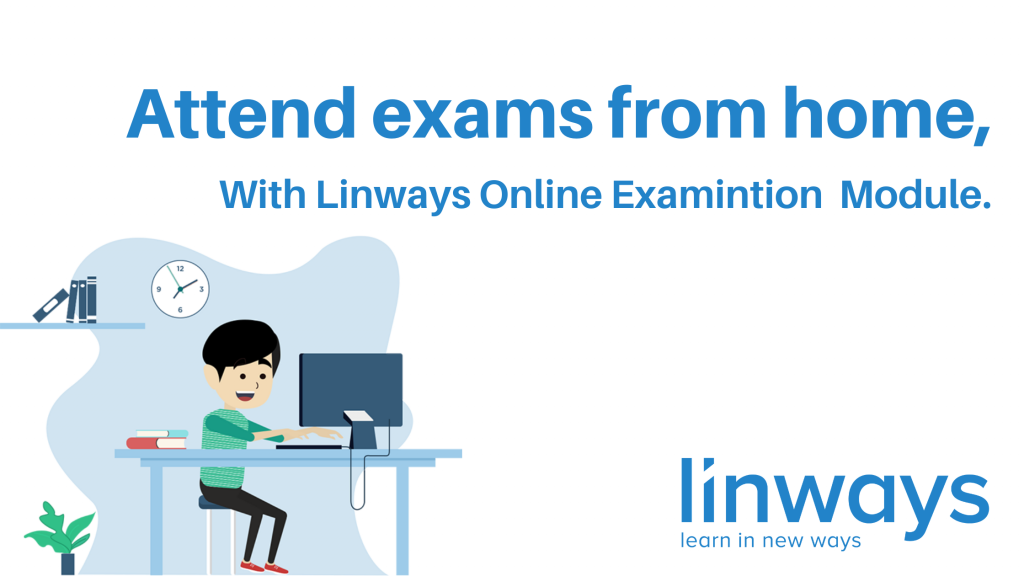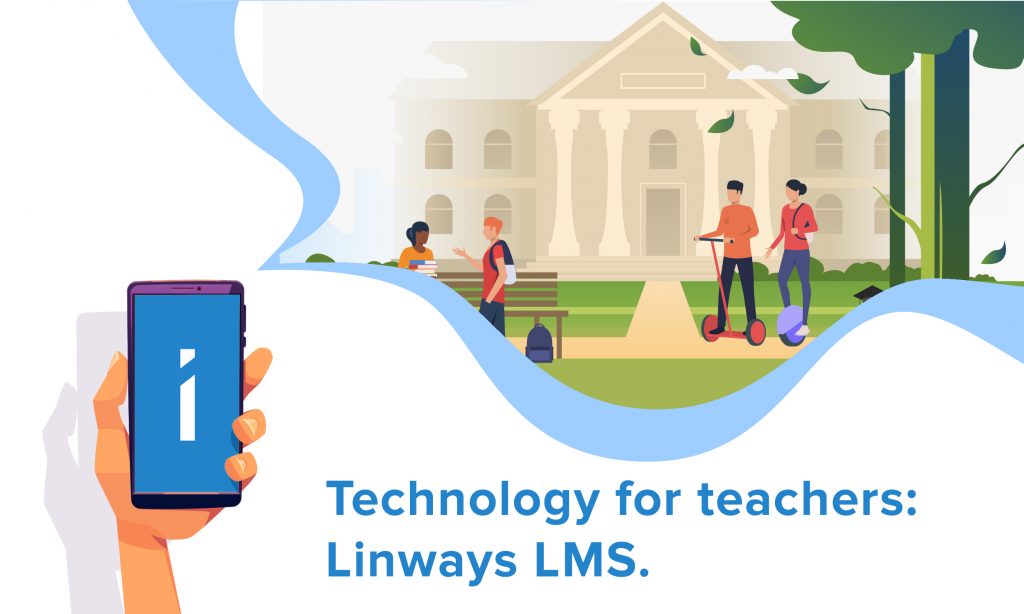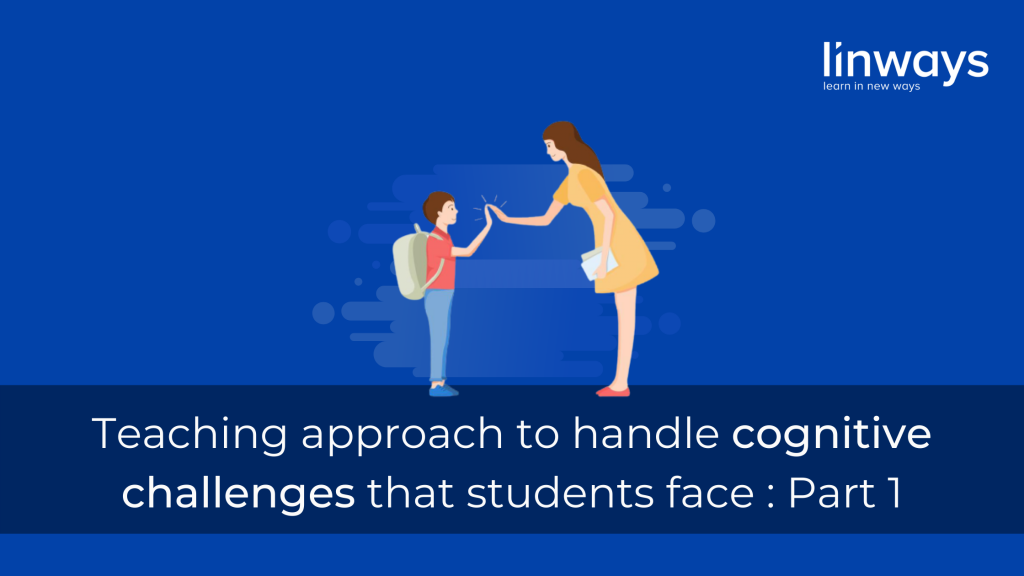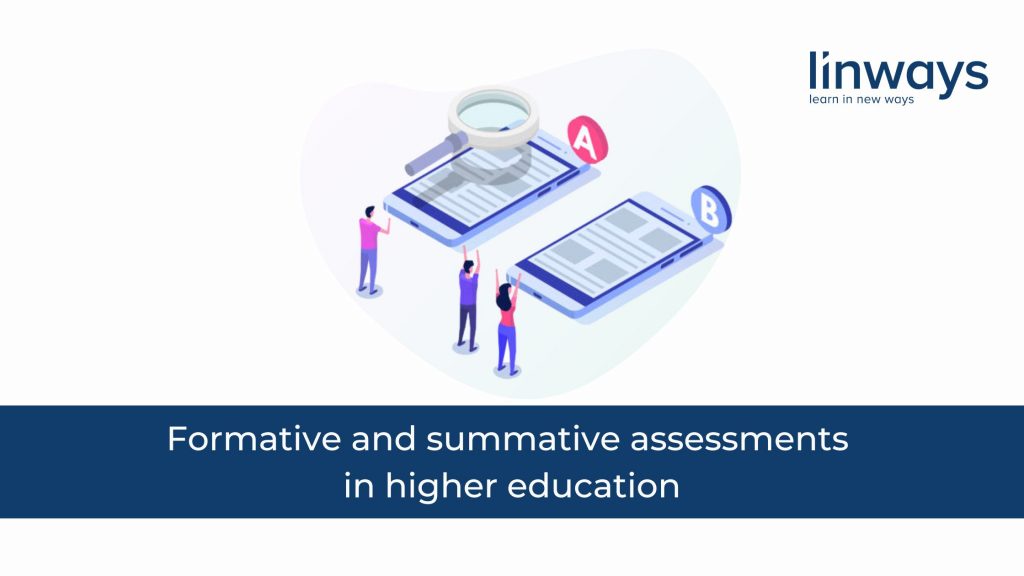
Importance of Formative and Summative assessments in higher education.
Current examination systems are inadequate for today’s challenging environment, as they only assess memorization skills. We need to evaluate both professional skills and disciplinary knowledge.
By using a combination of formative and summative assessments, teachers can ensure that students are meeting the learning goals and objectives and can provide valuable information to guide instruction and support student learning. In addition, it will prepare students for the current industry requirements.
The key difference between formative and summative assessments is the purpose they serve.
Formative assessments are ongoing and provide feedback to improve future performance, while Summative assessments are administered at the end of a unit or course and evaluate overall mastery of the material.
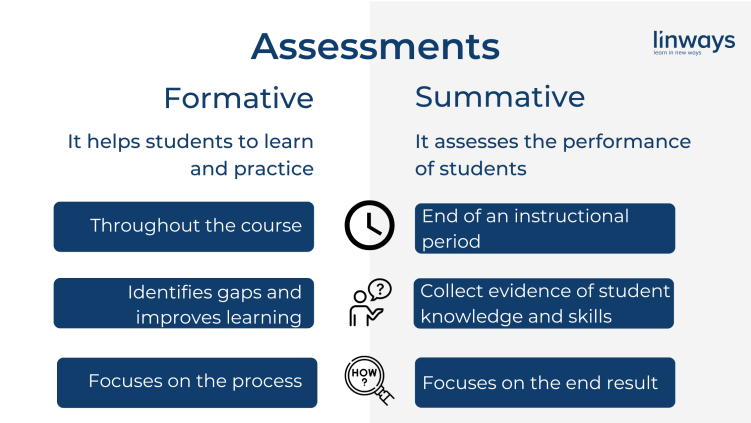
Some additional key differences between the two types of assessments include:
- Timing: Formative assessments are ongoing and take place throughout the learning process, while summative assessments are typically administered at the end of a unit or course.
- Focus: Formative assessments are typically more focused on the process of learning, while summative assessments are focused on the outcome.
- Format: Formative assessments are often informal and may take many different forms, such as quizzes, discussions, and self-assessments. Summative assessments are often more formal and may take the form of exams, papers, or projects.
- Feedback: Formative assessments provide feedback and support in real time, while summative assessments provide a final evaluation of student learning.
While both types of assessments are important for supporting student learning.
Examples of formative assessments might include:
- Quizzes that are given throughout a unit or course to assess student understanding and provide feedback
- Class discussions and activities that allow students to demonstrate their knowledge and receive feedback from their peers and teacher
- Self-assessments, where students reflect on their own learning and identify areas for improvement
- Observations, where a teacher observes a student during a lesson or activity and provides feedback
- Check-ins, where students and teachers meet periodically to discuss progress and provide feedback
Examples of summative assessments might include:
- Final exams that test students’ overall mastery of the material
- Term papers or projects that require students to demonstrate their understanding of the material in a more in-depth and creative way
- Portfolios that showcase students’ work throughout a unit or course
- Presentations, where students present their learning to the class or to a panel of experts
- Standardized tests, such as state or national exams, evaluate student learning against a set of established standards.
Why is it important?
The higher education sector in India is going through its transformation stage due to the rapid demands of constant change put forth by a globalized economy. The institutions have a key role to play in providing an adequate and high-quality education system.
In order to achieve quantitative growth, we must focus on excellence and employability, and a strong system must be built-up that takes care of scale and maintenance of quality.
Because universities in western countries rely entirely on internal evaluation methods to evaluate students, degree holders from western universities are valued more highly than their counterparts from Indian universities.
Exam reform is needed to ensure the credibility of the assessment system and the development of students’ critical thinking, problem-solving abilities, and ethics. The fate of students should be determined by many horizontal assessment methods rather than just one vertical assessment method.
How technology partners can help in this
Digital transformation can help bridge capacity issues and accelerate the recognition of Indian higher education. Digital platforms are used to assess skills and define instruction models based on data. KPIs can be used to measure improvement and insights. Platforms like Linways can help in this transformation. Our new version Linways V4 takes this into account. Institutions can map and track learning outcomes with a comprehensive OBE framework.
Linways is a team of engineers and educators on a mission to digitally transform campuses and improve student outcomes. We provide digital tools, services, and practices to help better manage time, money, and mental health.

-Mr. Bastin Thomas, is the founder and CEO
of Linways


